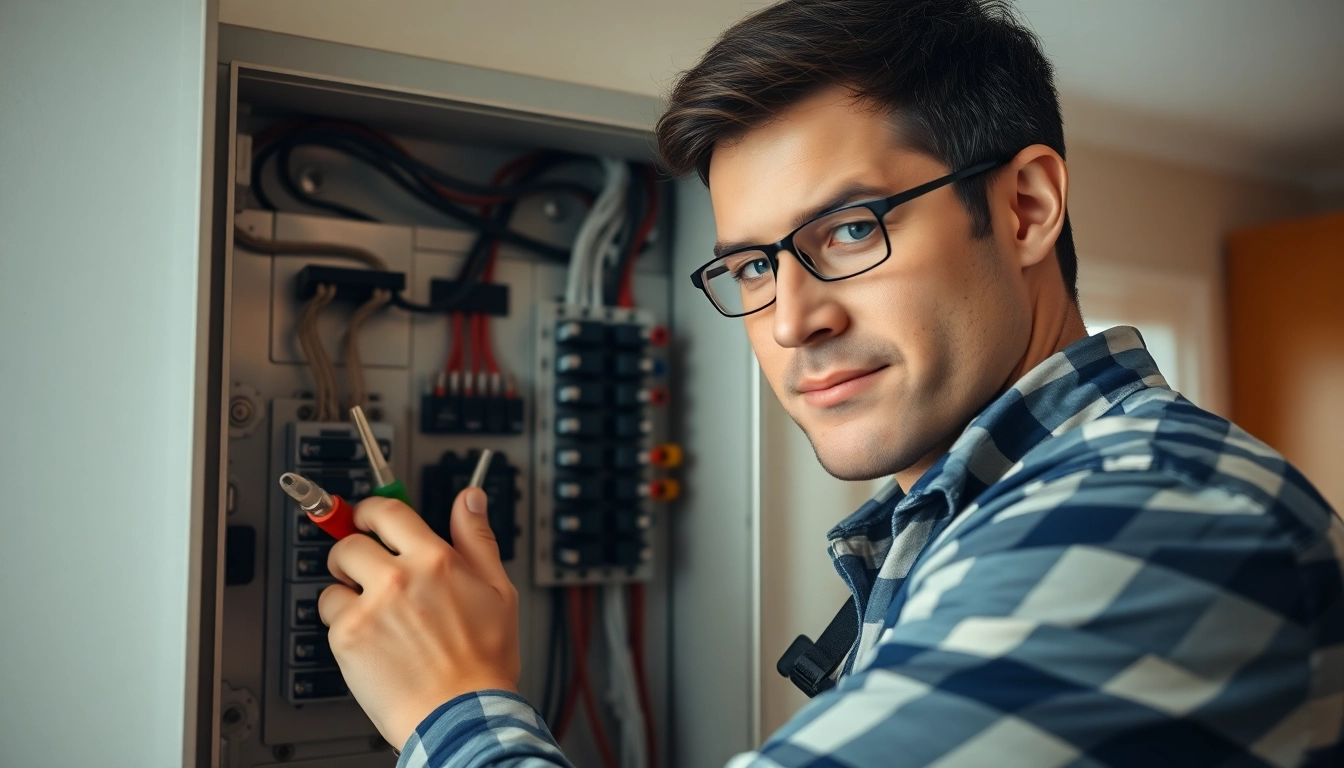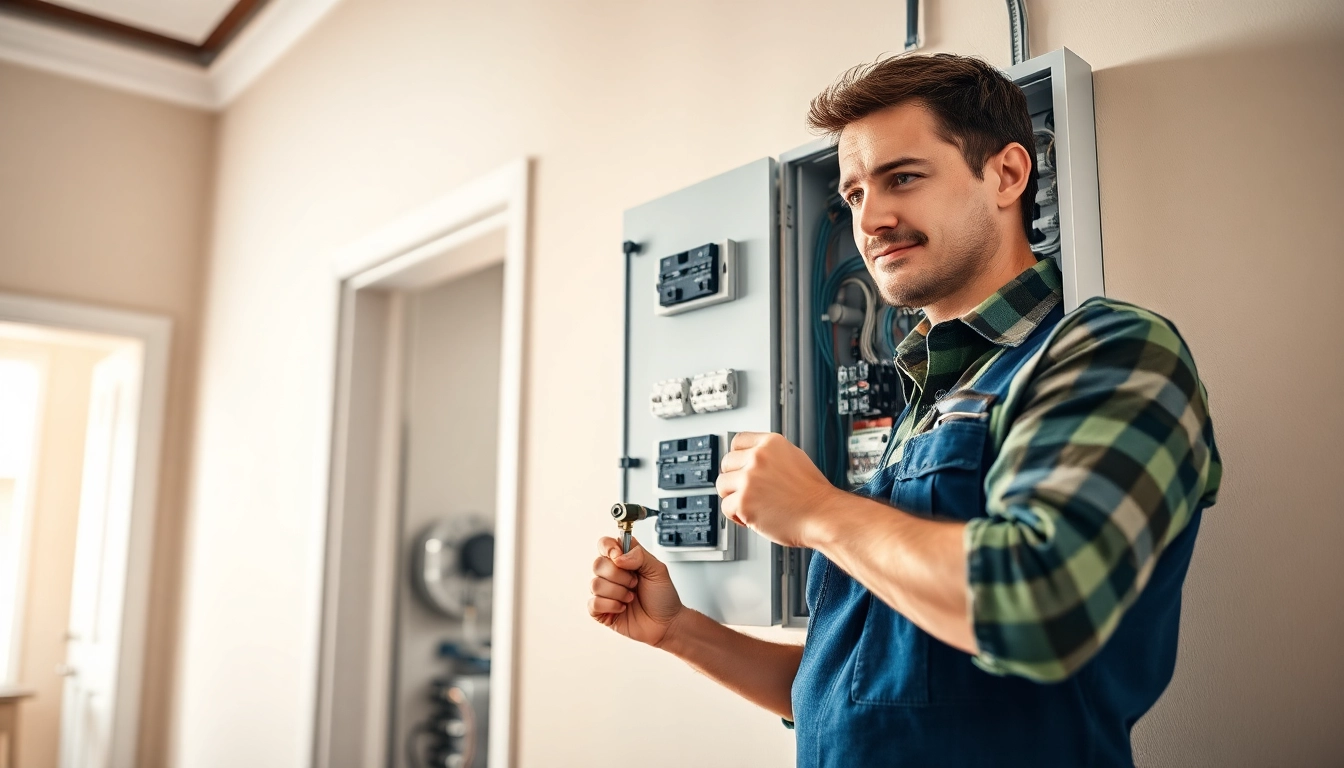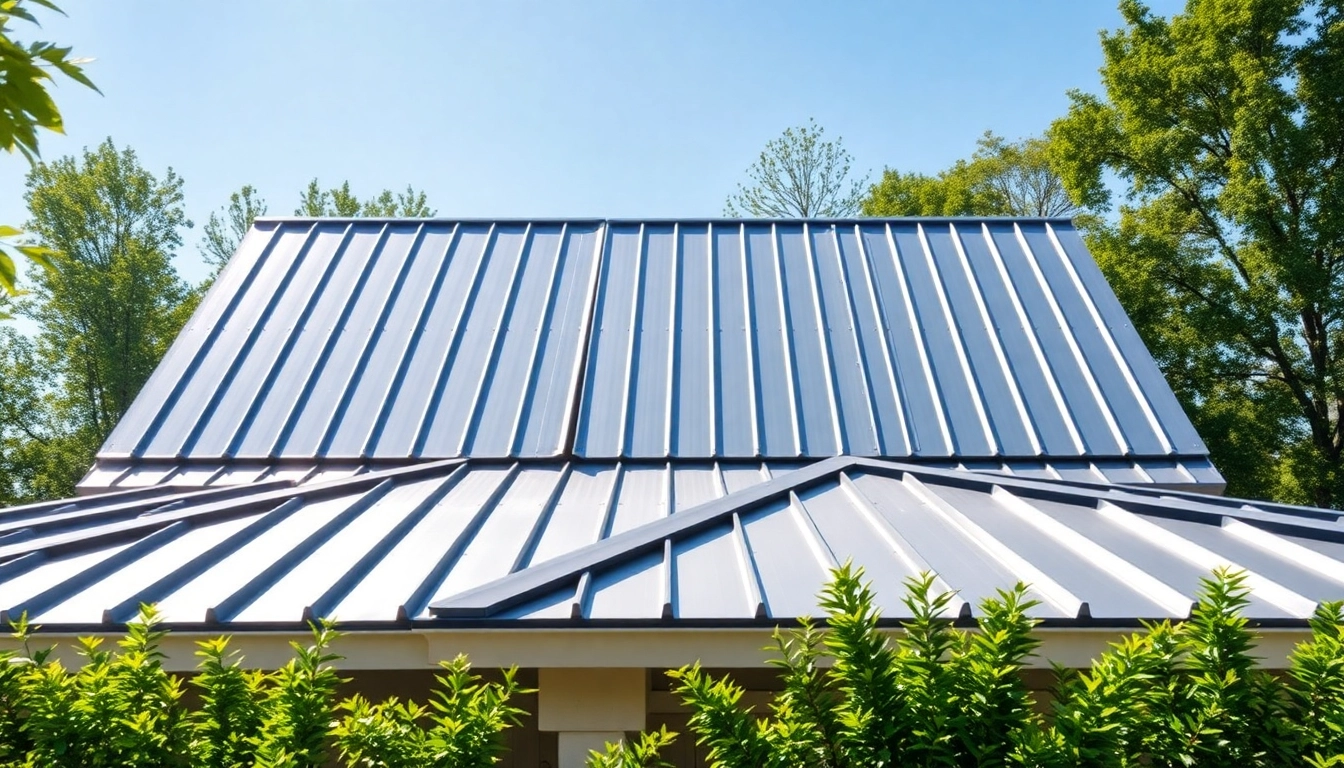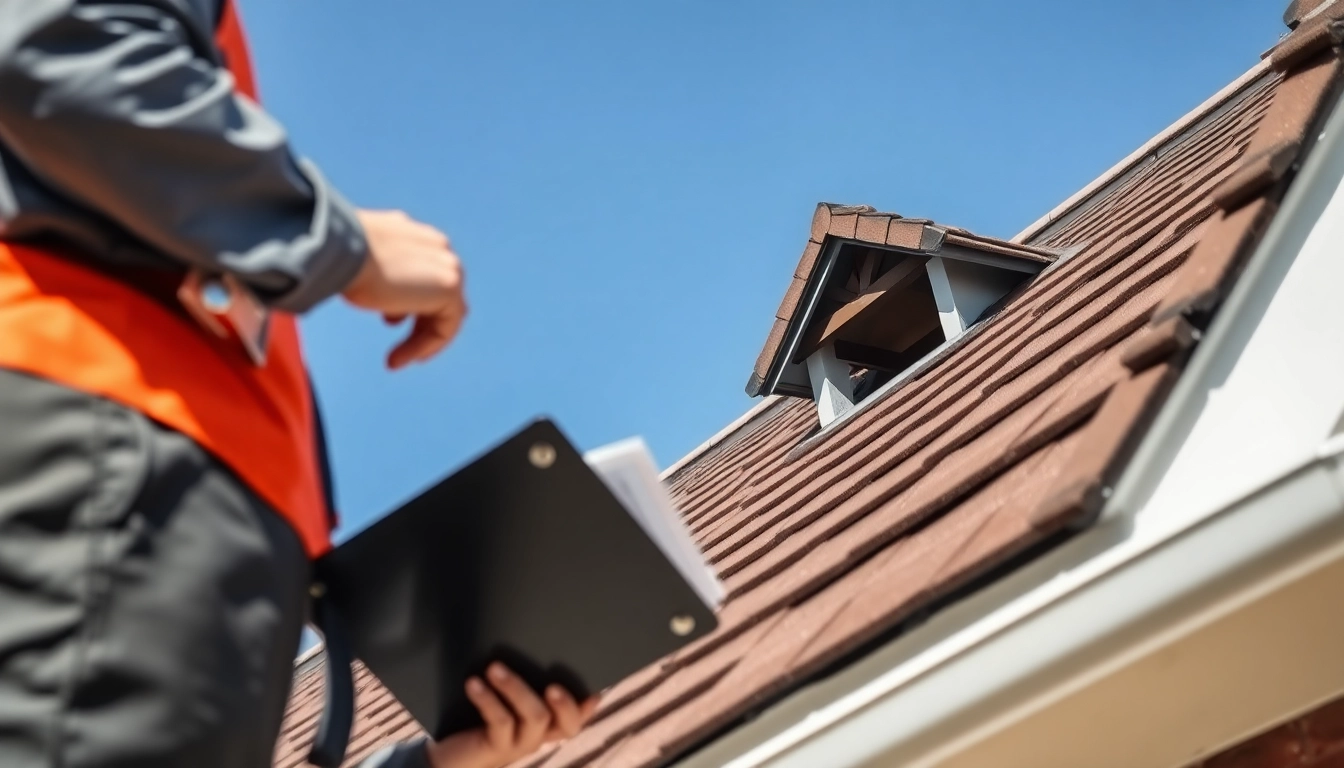Introduction to Electrical Panel Upgrades
Upgrading an Electrical Panel Upgrade is a crucial consideration for homeowners looking to enhance their electrical system’s performance and safety. An electrical panel, often referred to as a circuit breaker panel, is the central hub for your home’s electricity. It distributes power throughout the house and provides safety switches to cut off power during faults. While the lifespan of an electrical panel is typically around 25 to 40 years, various factors can necessitate an upgrade. Understanding when and why to upgrade can ensure that your home remains safe and functional in a world where electrical demands are constantly evolving.
What is an Electrical Panel Upgrade?
An electrical panel upgrade involves replacing or enhancing your current panel to meet higher electrical demand or to comply with the latest safety codes. Upgrading may include increasing the amperage of the panel (for example, from 100 amps to 200 amps), adding new breakers, or replacing outdated components. This process generally requires the expertise of a licensed electrician and can involve substantial work, especially if additional wiring needs to be installed.
Signs You Need an Upgrade
- Frequent Breaker Trips: If your circuit breakers are frequently tripping, it is a sign that your electrical panel is overloaded, and an upgrade may be necessary.
- Age of the Panel: If your panel is older than 20 years, it may not meet current electrical demands or safety standards.
- Renovations or Additions: Home improvements such as a new kitchen or additional rooms often require more electrical power, signaling the need for an upgrade.
- Modern Appliances: If you are adding high-demand appliances like electric vehicles (EVs) or even smart home gadgets, an upgrade may be essential for adequate power supply.
Benefits of Upgrading Your Electrical Panel
Upgrading your electrical panel offers numerous benefits, including:
- Increased Capacity: Higher amperage panels allow more electrical devices to operate simultaneously without tripping breakers.
- Enhanced Safety: Modern panels include better protection mechanisms to prevent overloads and reduce the risk of electrical fires.
- Increased Home Value: Prospective buyers often appreciate updated electrical systems, making your home more attractive in the real estate market.
- Compliance with Codes: An upgrade ensures that your electrical system meets local building codes and safety standards.
Common Reasons for Electrical Panel Upgrades
Increased Electrical Demand in Homes
With the advent of new technology and electrical appliances, the average home’s electrical load has increased significantly. Initially built to handle only basic appliances, older panels often fall short of today’s demands. Modern homes may require substantial electrical resources to support air conditioning, electric vehicles, smart technology, and home entertainment systems, resulting in a greater need for upgraded electrical infrastructure.
Compliance with Modern Safety Standards
Electrical codes and safety standards are continually updated to mitigate risks and improve safety. Failure to comply can result in hazardous situations, including electrical fires or inadequate protection against surges. By upgrading your panel, you ensure that your electrical system adheres to current regulations, providing peace of mind for you and robust safety for your home.
Supporting Electric Vehicles and Smart Home Features
The growing popularity of electric vehicles necessitates a reliable and robust electrical infrastructure. Homeowners looking to install EV chargers will often need to upgrade their panels to support the higher amperage required. Additionally, smart home technology, which includes smart thermostats, security systems, and lighting, requires electrical upgrades to function optimally. These advancements highlight the critical nature of keeping your electrical panel up-to-date with modern needs.
Costs Involved in Electrical Panel Upgrades
Average Cost Breakdown
The cost of upgrading an electrical panel can vary significantly based on several factors, including location, labor, and the specifics of the electrical system in your home. On average, homeowners should expect to pay between $800 and $4,000 for a complete panel upgrade. This price typically includes labor, materials, and any necessary permits. For example, replacing a 100-amp panel with a 200-amp panel can cost about $1,800, with large installations approaching $5,000.
Factors Affecting Upgrade Costs
When considering an electrical panel upgrade, several factors can influence the overall cost:
- Panel Size: Larger panels with higher capacities naturally cost more due to greater material and installation requirements.
- Type of Panel: The brand and type of electrical panel (e.g., circuit breakers, fuses) can also affect pricing.
- Electrical Work Required: If additional wiring or circuit installations are needed, it can significantly increase the cost.
- Geographical Location: Labor rates vary by region, affecting the overall budget for the upgrade.
Financing Options and Incentives
Many homeowners are unaware that there are financing options available for electrical panel upgrades. Some utility companies offer rebates or incentives, reducing the overall cost. Additionally, certain tax credits may apply, particularly for energy-efficient electrical updates, further alleviating the financial burden. Programs like the federal electric panel upgrade tax credit can provide significant savings, making it worthwhile to explore these options before proceeding with the upgrade.
Choosing the Right Electrical Panel
Types of Electrical Panels Available
When selecting an electrical panel for your home, several types are available, including:
- Standard Panels: The most common option for residential areas, these panels handle standard electrical loads.
- Smart Panels: These modern panels include technology that allows for remote monitoring, energy usage tracking, and more.
- Load Centers: Designed for efficient power distribution, these panels can support multiple circuits and higher loads.
Consulting with a Professional Electrician
It is crucial to consult with a licensed electrician when upgrading your panel. Professionals can assess your current system’s capabilities, recommend compatible panels, and ensure that all installations meet local codes and regulations. Their expertise is invaluable in navigating the technical requirements and ensuring that your home remains safe and functional post-upgrade.
Important Features to Look For
When selecting an electrical panel, consider the following features to ensure optimal performance:
- Amperage Capacity: Choose a panel that can handle your current and future electrical needs.
- Number of Circuits: Depending on your home’s layout and electrical devices, ensure that the panel accommodates the required circuits.
- Surge Protection: Selecting panels with built-in surge protection can help shield your electrical devices from spikes in power.
- Warranties: Look for panels that come with solid warranties as a sign of quality and assurance.
Post-Upgrade Considerations
Testing and Maintenance of Your New Panel
Following any upgrade, it is paramount to test the new electrical panel to ensure that all components are functioning correctly. Schedule regular maintenance checks with your electrician to identify any potential issues and carry out necessary adjustments proactively. This not only prolongs the lifespan of your panel but also maintains your home’s safety standards.
Potential Risks If Not Upgraded
Neglecting to upgrade your electrical panel can expose your home to various dangers, including:
- Overheating and Fires: Overloaded panels can lead to overheating, posing a significant fire risk.
- Power Outages: Insufficient electrical capacity can lead to frequent brownouts or complete outages when demand exceeds supply.
- Equipment Damage: Outdated panels provide insufficient protection, risking damage to high-value electrical devices.
Staying Updated with Local Codes and Regulations
Electrical codes are subject to changes, and homeowners must stay informed about current regulations. Regular upgrades and maintenance ensure compliance and safety. Check with local authorities for any updates or changes in codes relevant to electrical installations.




